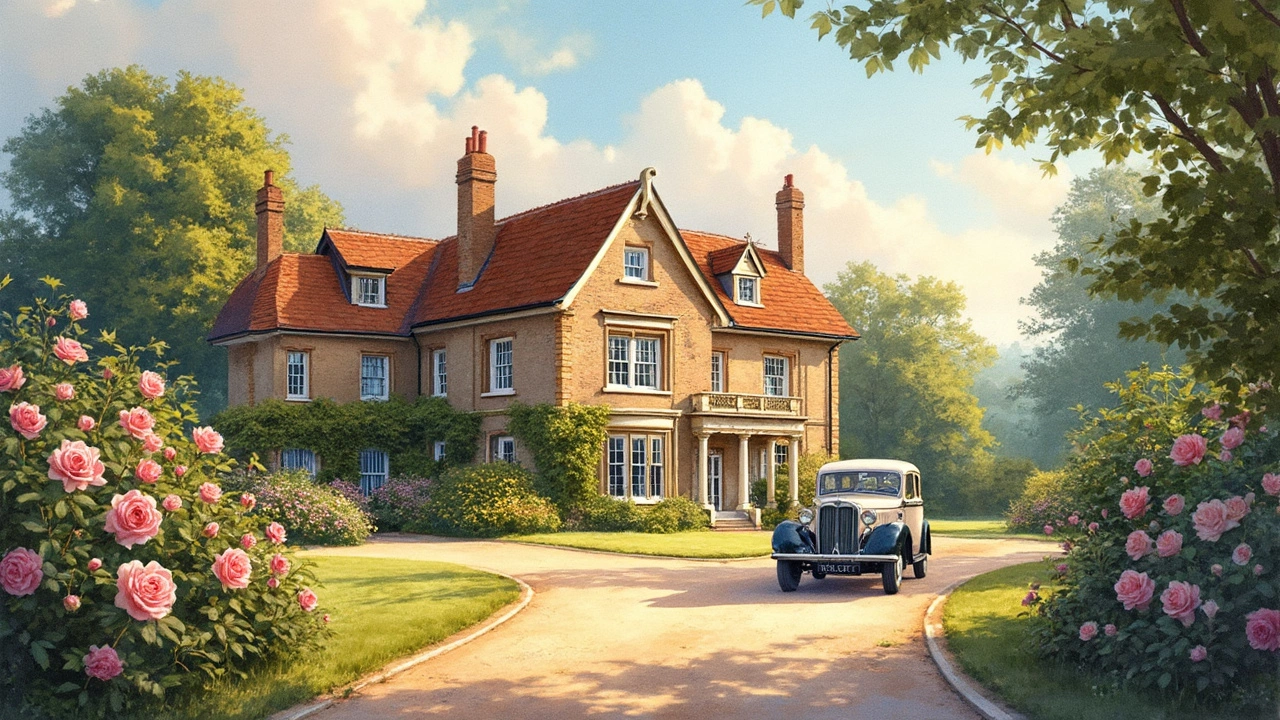Colonial architecture, with its blend of cultural influences and timeless design principles, offers a fascinating journey into the past. Uncover the secrets of its enduring appeal, learn tips on restoring colonial homes, and discover how to blend traditional charm with modern living. Whether you're an architecture enthusiast or dreaming of a heritage-inspired home, this guide offers useful insights and practical advice.
Restoration: Practical Guide to Preserving Historic Architecture
Restoration is about bringing old buildings back to useful life while keeping their character. Whether you care for a Colonial house, a Beaux-Arts facade, or a Greek Revival porch, the same basic steps matter. Start by understanding what original materials survive and what historical features define the building's look. That gives you a clear plan and prevents costly mistakes.
Begin with a careful survey. Document existing conditions with photos, sketches, and notes. Check structural elements, roof, windows, foundations, and decorative details. Record any changes made over time; that history helps decide what to restore and what to accept as later layers. If something looks unstable, get a structural engineer experienced with old buildings.
Preserve before replace
Your first aim should be preservation. Repair plaster, wood, stone, and masonry when you can. Patch and consolidate rather than remove. For example, repairing an original wood window sash keeps the building breathable and maintains proportions. When parts are beyond repair, replace them with matching materials and simple, accurate profiles. Avoid using modern materials that change the way the building handles moisture or load.
Practical choices and approvals
Know local rules. Historic districts and landmark commissions often require approvals. Prepare clear drawings and justify interventions with facts from your survey. Use reversible techniques when possible so future conservators can undo changes. Keep good records of every decision, every material, and every contractor. Those files add value and protect the building's story.
Think about modern needs without erasing history. Upgrading insulation, HVAC, and wiring is possible with careful routing and minimal visual impact. Place new equipment in secondary spaces or inside closets to avoid altering main rooms. For climate control, choose systems that work with the building's natural systems rather than fighting them.
Work with specialists. A conservation architect, experienced contractor, or historic materials conservator knows the tricks of the trade. They can recommend tested mortars, paint systems, and cleaning methods that avoid damage. Ask for references and examples of similar projects.
Budget wisely. Restoration often uncovers unexpected issues. Build a contingency of at least 15–25% and phase the work if needed. Prioritize roof and drainage first; water causes most damage. Address moisture, then structural stabilization, then finishes and details.
Public value matters. Restored buildings anchor neighborhoods, support tourism, and teach history. When you restore a facade or a public space, think about how people experience it at street level. Good lighting, clear signage, and accessible entrances make heritage useful for everyone.
Finally, keep maintenance simple and regular. Small tasks like clearing gutters, repainting trim, and fixing leaks stop big problems. A modest annual checklist keeps restoration investments working for decades. With care, historic buildings keep giving character and function to modern life.
Look for funding options like tax credits, grants, and low-interest loans aimed at historic preservation. Public programs often cover masonry, roof repair, and accessibility upgrades. Apply early and include clear photos and cost estimates. Small nonprofits and local preservation groups can help with applications and volunteer labor on hands-on tasks and training.

